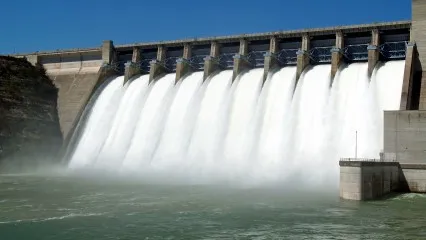
7 in 10 leaders see hydrogen generation helpful in Asia's clean energy transition
Meanwhile, 51.4% believe that the answer is in retiring fossil-fuel generation.
Adopting hydrogen power is the leading method that is seen to help electric industry leaders in Asia to meet their goals for reducing carbon emission and achieving clean energy, according to Black & Veatch.
A total of 73% of the respondents have cited hydrogen as the method expected to be included in meeting carbon emission reduction goals beyond 10 years, according to the 2022 Asia Electric Report.
This is followed by retiring traditional fossil-fuelled generation sites at 51.4%, and battery energy storage at 43.3%.
“Hydrogen can be used as an exportable, seasonal energy storage method to respond to the variability of wind and solar, and as a fuel for existing gas turbine facilities,” Narsingh Chaudhary, executive vice president and managing director—Power Asia at Black & Veatch said.
“While the production of hydrogen via electrolysis scales — and corresponding cost barriers decrease — adoption can be encouraged through gateway approaches that combine hydrogen production from fossil fuels with carbon capture,” he added.
Chaudhary also said that along with incentivised investment in green hydrogen production, these can “bring scale to a hydrogen economy and help lower the cost per kilogram over time of green hydrogen,” he said.
The respondents were also optimistic that hydrogen generation will take off in the region as a clean alternative to existing gas generation with 46.2% seeing this by 2030, 26.9% by 2040, 9.6% by 2025, 5.8% by 2050, and 3.8% beyond 2050.
Only 7.7% said that hydrogen generation does not have a feasible future, it said.
Black & Veatch said it surveyed 57 senior electric industry professionals across East Asia, South Asia, and Southeast Asia.


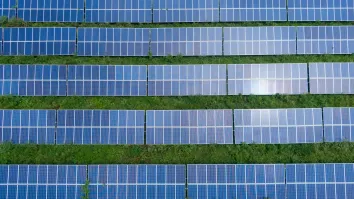
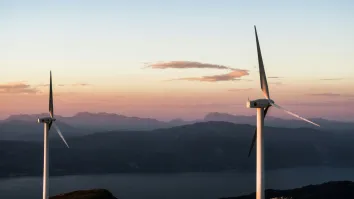

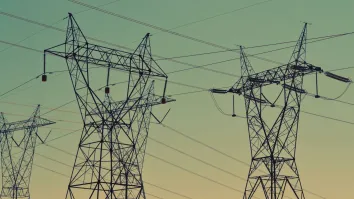




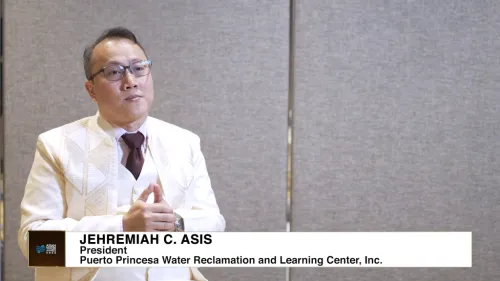


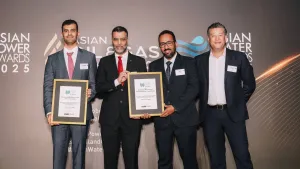





 Advertise
Advertise






